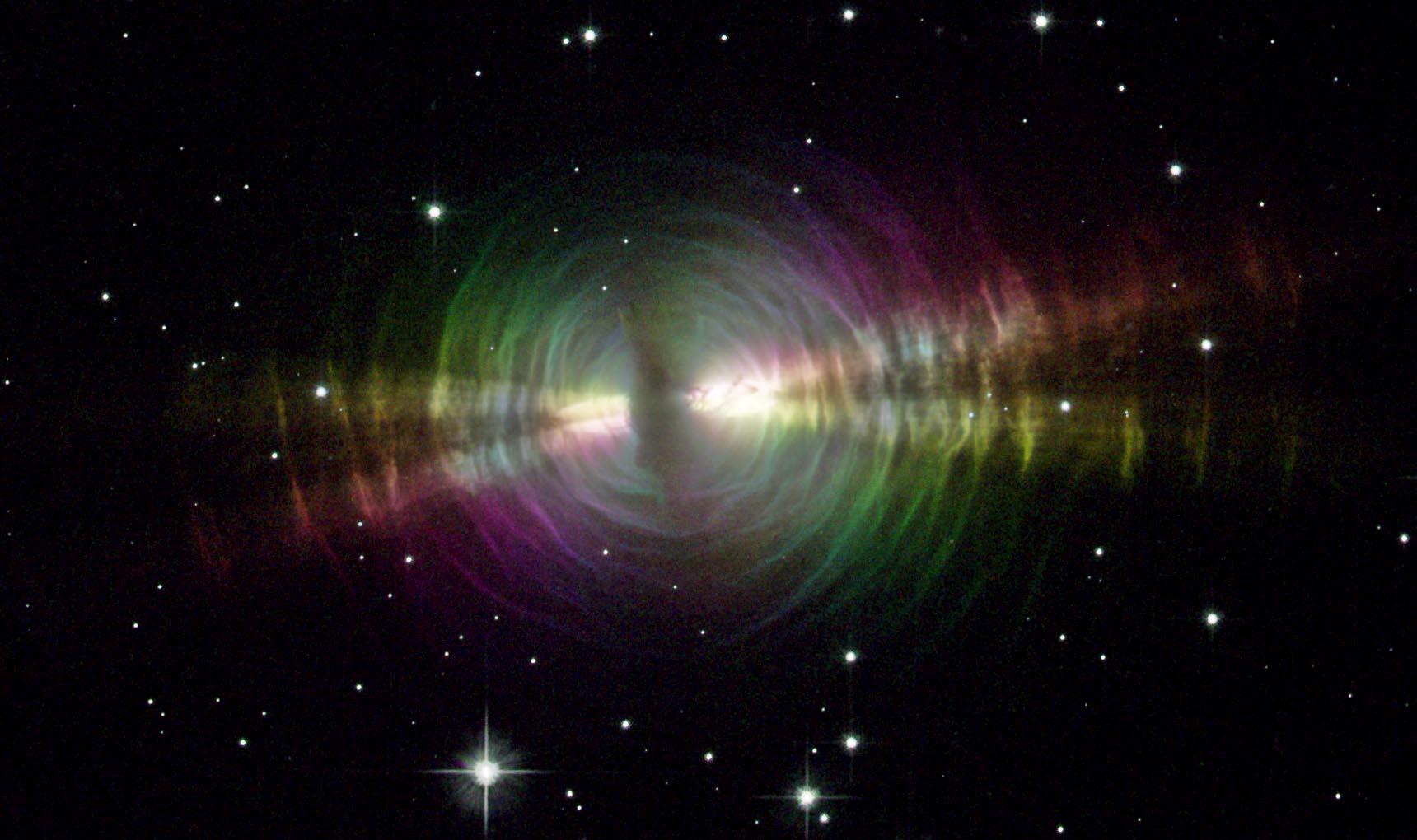The history of herbalism in Ireland begins in the eighth-century myth of the Battle of Moytirra [Magh Turedh] (1). The story relates how Dian Cecht , the “pagan Irish god” of medicine, became aware of his son Miach’s superior skill at healing, and so of course killed him in a jealous rage. Out of Miach’s grave grew 365 herbs, one for each of his joints and sinews, and these were gathered up by his sister Airmed, who laid them out on her cloak. She began to classify the herbs according to their different virtues, but Dian Cecht (this dude is beginning to annoy me) saw what she was doing and mixed up the herbs so that, even to this day, all their virtues are not known. [The idea that there were 365 joints and members of the body was a common belief in early Ireland.(2)] Later during the battle, (and we assume once he cooled down) Dian Cecht created the Tiopra Sláine or Great Healing Well by putting every herb known to grow in Ireland into a well located between Moytirra and Lough Arrow. The bodies of all the fighting men killed in the battle were put into the well, and emerged the next day alive and stronger than ever. Medicated or herbal baths are frequently mentioned in Irish tales and were apparently a major feature of healing in early Ireland.
Before I leave Dian Cecht behind, and though I dislike his treatment of Miach, he does offer what many believe is a native Irish chakra system. Attributed to him is a medical tract (3) dating from the fifteenth century (though linguistically, the tract is much older). Aside from various judgments of payment for medical procedures based on social class, it has an interesting paragraph about what it calls “The Twelve Doors of the Soul” sometimes translated as “The Twelve Portals of Life”:
There are twelve doors of the soul in the human body: (1) the top of the head, i.e. the crown or the suture, (2) the hollow of the occiput, (3) the hollow of the temple, (4) the apple of the throat, (5) the spoon of the breast, (6) the armpit, (7) the breast-bone, (8) the navel, (9) the side {?}, (10) the bend of the elbow, (11) the hollow of the ham, i.e. from behind, (12) the bulge of the groin, i.e. the bull sinew, (13) the sole of the foot.
And, if you notice…there are 13 not 12. A very auspicious number! Now, back to the plants.
Traditionally, every Irish chieftain had his own hereditary physician to serve him, and all the Gaelic septs (or clans) had hereditary medical families linked to them (4). For instance, the O’Lees were the hereditary physicians to the O’Flahertys of west Connaught, the O’Hickeys were physicians to the O’Briens of Thomond, etc. Many of the Gaelic physicians produced works in Irish and Latin that survive to this day (5). The most famous of these works is the ‘Book of the O’Lees’ [or the Book of Hy-Brasil] which appeared in 1443 (6). A striking feature of the manuscript is that the writing is formed into patterns resembling the astrological signs of the Zodiac (astrology being a major part of medieval herbalism).
With this history in mind, I will attempt to share what I have uncovered regarding native Irish plants, including their folkloric and magical uses. I will include the herbal properties of plants, as recorded in folklore, but I make no claims as to the current medicinal value. This will not be a modern herbal, as the focus will be almost entirely on magical uses.
So, stay tuned!
(1) D.O. hOgain, Myth, Legend and Romance – An Encyclopedia of the Irish Folk Tradition; Fleetwoord. J., The History of Medicine in Ireland; Lady A. Gregory, Complete Irish Mythology (London, 1994) pp. 49-50.
(2) Na Arrada of De Arress (8th century Irish religious tract: http://archive.org/details/medicineinancien00welluoft
(3) “The Judgements of Dian Cecht.” trans. D. A. Binchy. Eriu. Vol. XX. Dublin: Royal Irish Academy, 1966.
(4) M. Moloney, Luibh-sheanchus – Irish Ethno-botany; P. Beresford Ellis, Dictionary of Celtic Mythology.
(5) N. Mac Coitir; Irish Wild Plants, Myths, Legends & Folklore.
(6) http://www.ria.ie/library/special-collections/manuscripts/book-of-the-o-lees.aspx


Reblogged this on Adventures and Musings of a Hedgewitch and commented:
Love thia view of the Irish view of the energy centers of the body
Great Post! The 12 doors of the soul are fascinating. 🙂 Thank you so much for sharing this story and your sources
Thank you, for both the encouragement and the reminder. So many herbs are in bloom now! I better get busy with these posts!
Today was a beautiful day in the Connemara. I even picked a few wild flowers by the lough. Best of Luck!
Thanks for your great information, the contents are quiet interesting.I will be waiting for your next post.
jobs in life Sciences